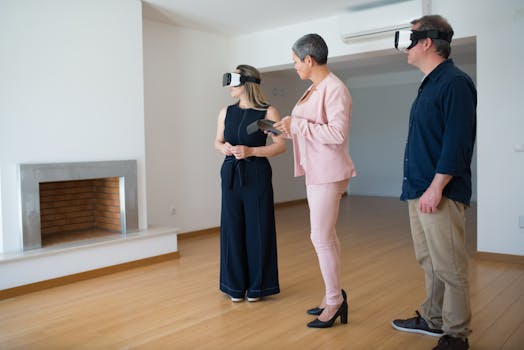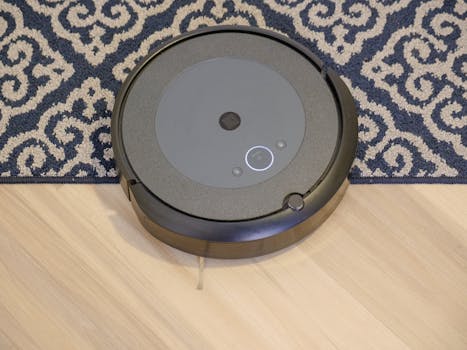
Smart Homes and Smart Living: The Technological Transformation of European Homes by 2025
Smart Homes and Smart Living is revolutionizing the way we live, work, and interact with our living spaces. As we approach 2025, European homes are undergoing a significant technological transformation, driven by advancements in artificial intelligence, Internet of Things (IoT), and data analytics. In this article, we will explore the current state of smart homes in Europe, the key trends and technologies driving this transformation, and what the future holds for European homeowners.
Current State of Smart Homes in Europe

Europe has been at the forefront of smart home adoption, with countries like the UK, Germany, and France leading the way. According to a recent report, the European smart home market is expected to grow from $15.6 billion in 2020 to $45.8 billion by 2025, at a Compound Annual Growth Rate (CAGR) of 24.1%. This growth is driven by increasing demand for energy efficiency, convenience, and security, as well as the rising adoption of smart speakers and voice assistants.
Key Trends and Technologies Driving Smart Home Adoption

Several key trends and technologies are driving the adoption of smart homes in Europe. These include:
- Artificial Intelligence (AI): AI-powered smart home devices can learn and adapt to a user’s behavior, preferences, and habits, providing a more personalized and automated living experience.
- Internet of Things (IoT): The IoT enables seamless communication between smart devices, allowing for a more integrated and connected smart home experience.
- Data Analytics: Data analytics provides valuable insights into energy consumption, usage patterns, and other key metrics, enabling homeowners to make informed decisions about their smart home systems.
- 5G Connectivity: The rollout of 5G networks across Europe is expected to enable faster, more reliable, and more widespread connectivity, further accelerating smart home adoption.
Future of Smart Homes in Europe by 2025

By 2025, European homes are expected to be even more integrated, automated, and connected. Some key developments that can be expected include:
- Increased Adoption of Voice Assistants: Voice assistants like Amazon Alexa, Google Assistant, and Apple Siri will become even more ubiquitous, enabling users to control their smart home devices with ease.
- Growing Focus on Energy Efficiency: As concern for the environment continues to grow, smart homes will become increasingly focused on energy efficiency, with features like automated energy management and renewable energy integration.
- Rise of Smart Home Security: Smart home security systems will become more sophisticated, with features like biometric authentication, AI-powered threat detection, and seamless integration with emergency services.
In conclusion, the future of European homes is smart, connected, and automated. As we approach 2025, it is clear that smart homes and smart living will play an increasingly important role in shaping the way we live, work, and interact with our living spaces.






